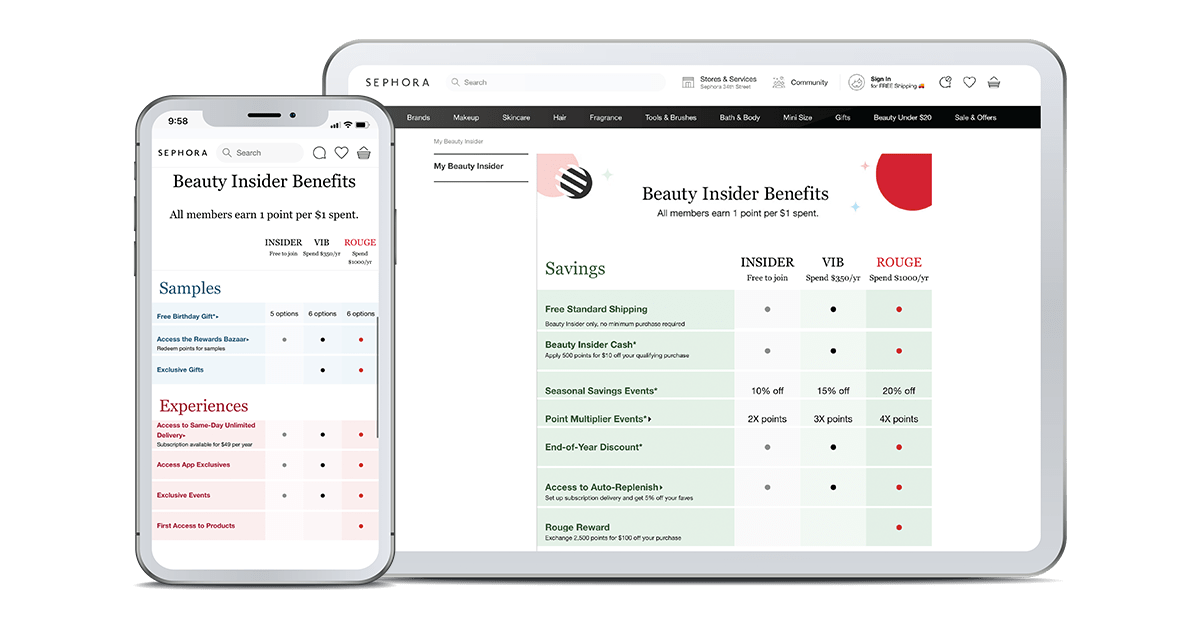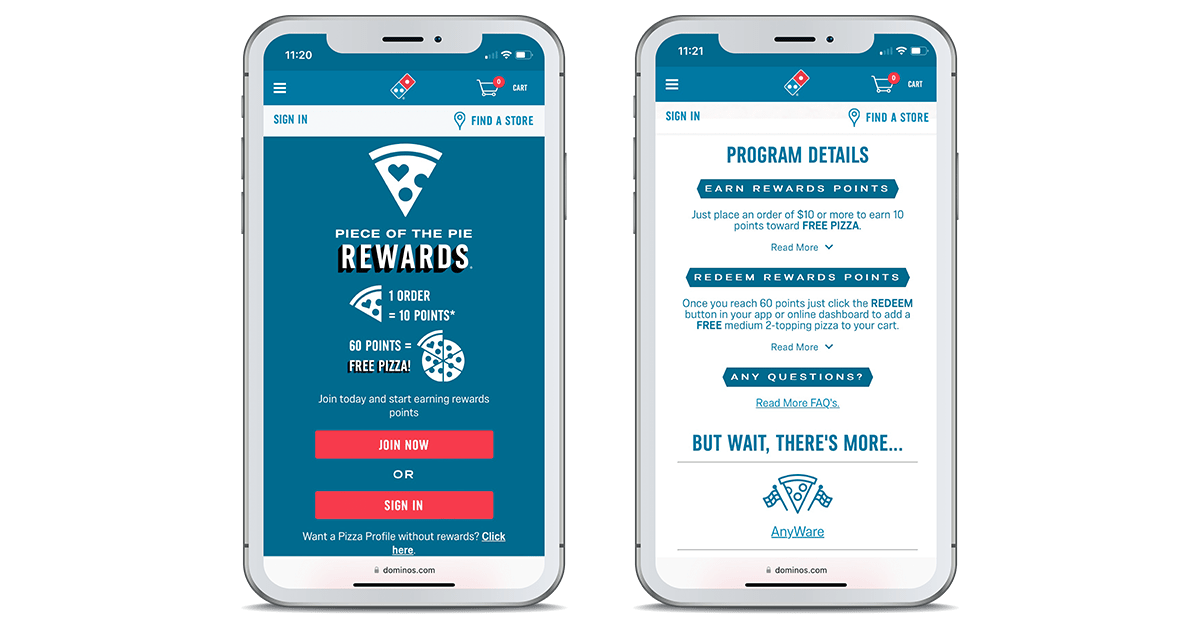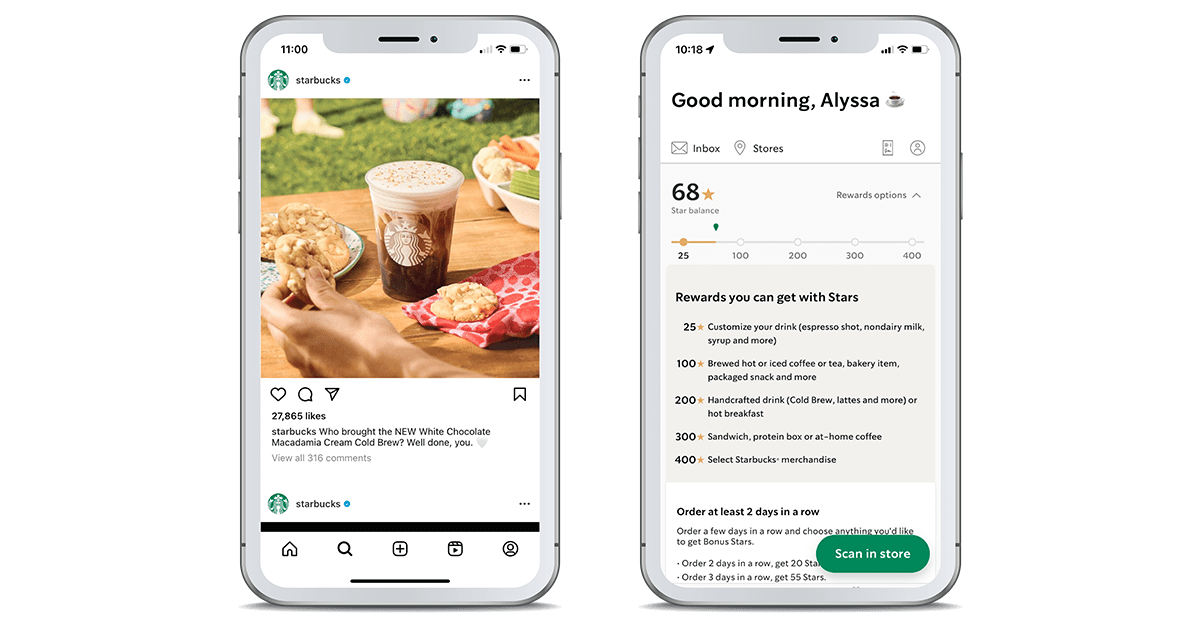Loyalty programs have been around for a long time, offering customers rewards and incentives in exchange for their continued support. But in recent years, loyalty programs have faced more challenges like increased competition, endless options for consumers and a “sea of sameness.”
Generative AI (GenAI) is a type of artificial intelligence that can learn statistical patterns of large amounts of existing data and create new content such as text, images, videos, audio and 3D models. Examples of AI applications include Google’s AI-powered predictions and ridesharing apps like Uber and Lyft.
To remain relevant and effective, loyalty programs need to evolve and that’s where artificial intelligence (AI) comes in. This article will focus on the benefits and challenges of AI and how you can effectively incorporate it into your loyalty program.
What Are the Benefits of Using AI In Your Loyalty Program?
AI can be used to personalize rewards and customer experiences, optimize loyalty programs and improve customer engagement and retention.
It can also be used to automate tasks like processing rewards, updating customer profiles and sending targeted offers and communications. This can save time for you and your staff to focus on other areas of the business.
It can be used to predict customer behavior and detect fraud.
By leveraging AI, businesses can create loyalty programs that are more relevant, engaging and rewarding for customers.
AI can be used to create personalized and engaging experiences for customers that can lead to increased customer satisfaction, loyalty and advocacy. AI helps you analyze customer data and behavior patterns to gain deeper insights into customer preferences and needs and this information can be used to improve the overall customer experience.
Since AI can be used to automate tasks such as processing rewards and updating customer profiles, this can free up staff to focus on other aspects of the business and can also lead to cost savings. AI can be used to target high-value customers with personalized offers that can lead to increased sales and brand advocacy.
Examples of AI in Loyalty Programs
Personalized recommendations:
AI can analyze customer data and behavior to provide highly personalized product or service recommendations.
Brands have been using personalized recommendations for a while but you always strive to give your customers curated experiences. Personalized recommendations also help you segment your customers.

Given the available technology and the fact that consumers have countless options at their fingertips, they expect to be treated well. They want tailored experiences based on personal data they give to brands and AI can help you personalize your messaging based on past customer experiences.
Sephora’s Beauty Insider program uses AI to analyze customer purchase history, browsing behavior and social media activity to provide customized product recommendations. Sephora’s Virtual Artist feature uses AI to scan a customer’s face and suggest makeup products that will complement their skin tone and features.
Customer Support and Engagement:
This became relevant when most brands gained an online presence following the launch of Amazon.
With customer support and engagement, AI can manage routine inquiries, provide instant responses and escalate complex issues to human agents. As brick-and-mortar brands established an online presence, customer support and engagement became a larger priority for them.
Customer engagement has changed significantly in the past two decades because AI helps brands gain insights from consumer interactions that can be applied to the next ones. Customer support, which is a huge part of the overall customer experience, is a big piece of earning and retaining loyalty for brands.

To make the customer experience easier for customers, Domino’s enhances the ordering process through personalization and simplification.
Domino’s uses AI to predict what customers will order based on their past orders and time of day. This allows company officials to prepare dough and toppings which can significantly reduce order preparation time.
Domino’s Tracker is an AI-powered tool that allows customers to track their pizza orders in real-time. This provides customers with peace of mind and allows them to plan their day accordingly.
Predictive Analytics:
This is a relatively new concept that has gained momentum in recent years.
It can predict customer behavior like when they might churn or what products they’re likely to be interested in next. This helps you develop better models to leverage because of having cleaner customer data.
Predicting analytics helps you tailor rewards and offers to individual customers based on their preferences, behaviors and past interactions. It also can help you analyze the effectiveness of different loyalty program structures like points tiers, reward categories and redemption thresholds.
Through analyzing past purchases, it also identifies upsell and cross-sell opportunities.
For example, Delta SkyMiles uses AI to predict customer behavior to reach out to customers with personalized offers to keep them from switching to another airline.
Fraud Detection and Prevention:
AI can detect and prevent fraudulent activities in loyalty programs.
Because of AI, fraud detection and prevention are much faster and done in real time and most brands are using it. It’s just a question of where it falls on the priority scale at a brand.
American Express uses AI to detect and prevent fraudulent activities in its loyalty program. For example, AMEX uses AI to identify transactions that are likely to be fraudulent such as transactions made from a different location than the customer’s usual location.
For example, if a customer makes a large purchase that is not typical of their usual spending habits, AMEX may flag the transaction for further review. AMEX also uses AI to identify transactions that are made from a different location than the customer’s usual location or from a device that the customer has not used before.
Efficient Data Analysis:
This is like having a conversation with your data. AI helps you because it learns everything in your documents and responds to you. This will have a rapid evolution because AI can digest large amounts of data and analyze it.
You used to compile reports detailing what consumers are more likely to be loyal to my brand. Now, this information is at your fingertips.

Sephora’s Beauty Insider uses AI to analyze customer purchase history, browsing behavior and social media activity to identify trends and patterns. This information is used to provide customized product recommendations and personalized marketing campaigns.
Starbucks Rewards uses AI to analyze customer purchase history and transaction data to identify trends and patterns that are used to personalize the customer experience and make data-driven decisions about loyalty program rewards.
The Challenges of Using AI in Your Loyalty Program
There are challenges to using AI in your loyalty program and here are some to consider.
Data privacy concerns: AI relies on large amounts of customer data so you have to collect and use this data responsibly.
Explainability: AI can be complex and difficult to understand. You need to be able to explain how AI is being used in your loyalty program to build trust you’re your customers.
Poor confidence calibration: This means that when AI provides an answer or makes a recommendation, it might not be good at indicating whether it is highly certain or just guessing.
To improve transparency: Explain to your customers how AI is being used in your loyalty program through website disclosures, privacy policies or FAQs.
The Future of AI in Loyalty Programs
In the future AI will be used to create even more personalized and sophisticated loyalty programs because it will keep getting refined over the years and improve its performance levels. By leveraging AI, you can create loyalty programs that are more effective at engaging and rewarding your customers.
AI has the potential to transform loyalty programs and make them more relevant, engaging and rewarding for customers. If you embrace AI you can improve your operational efficiency, reduce costs and increase customer satisfaction.
Despite the challenges, AI has the potential to revolutionize loyalty programs.
Learn more about future trends in the loyalty industry here.
If you want to talk to any of our loyalty experts, contact us here.